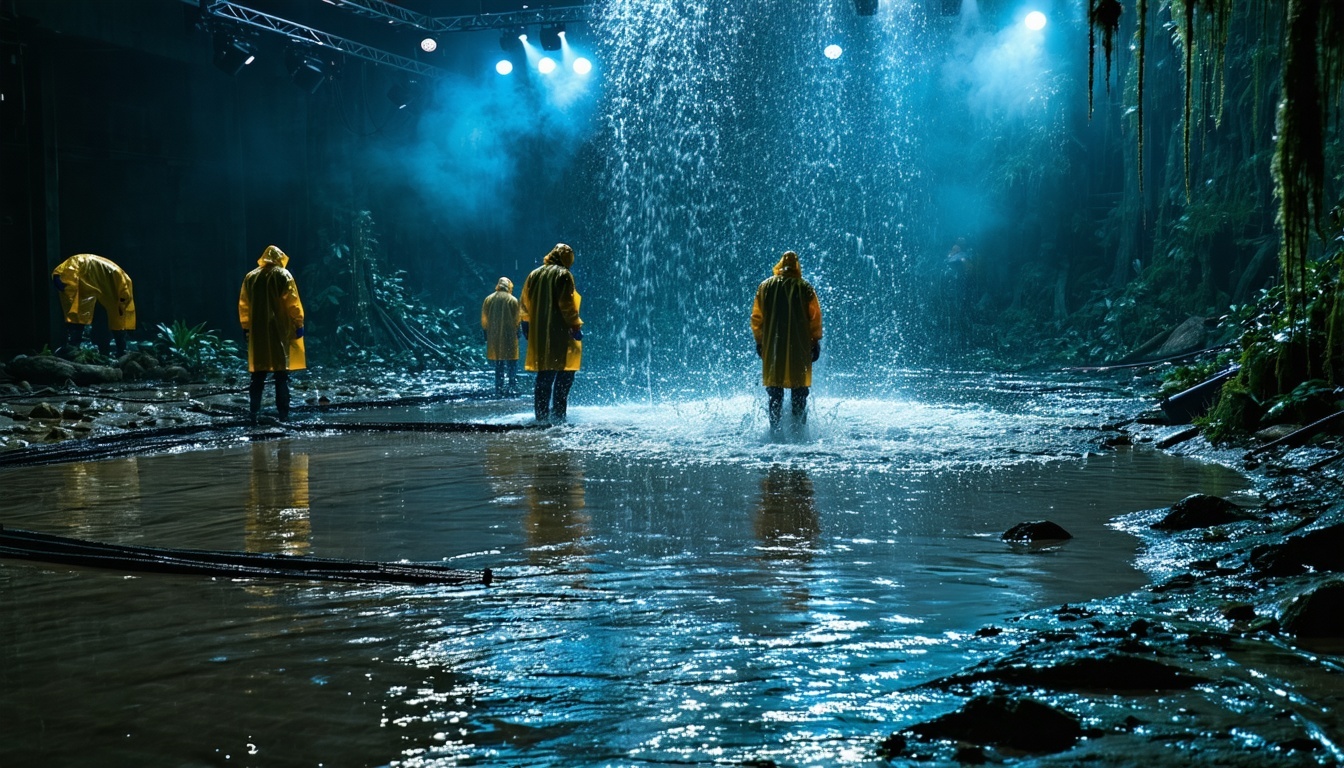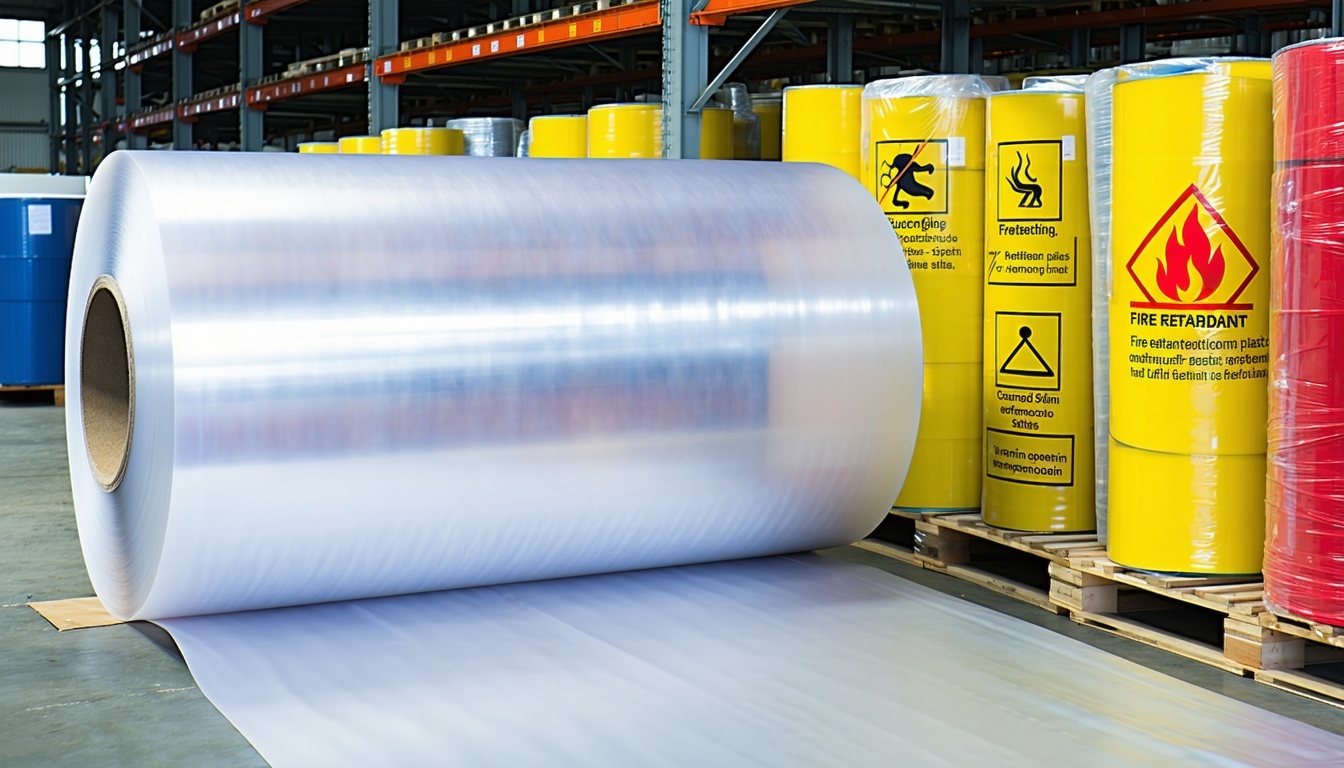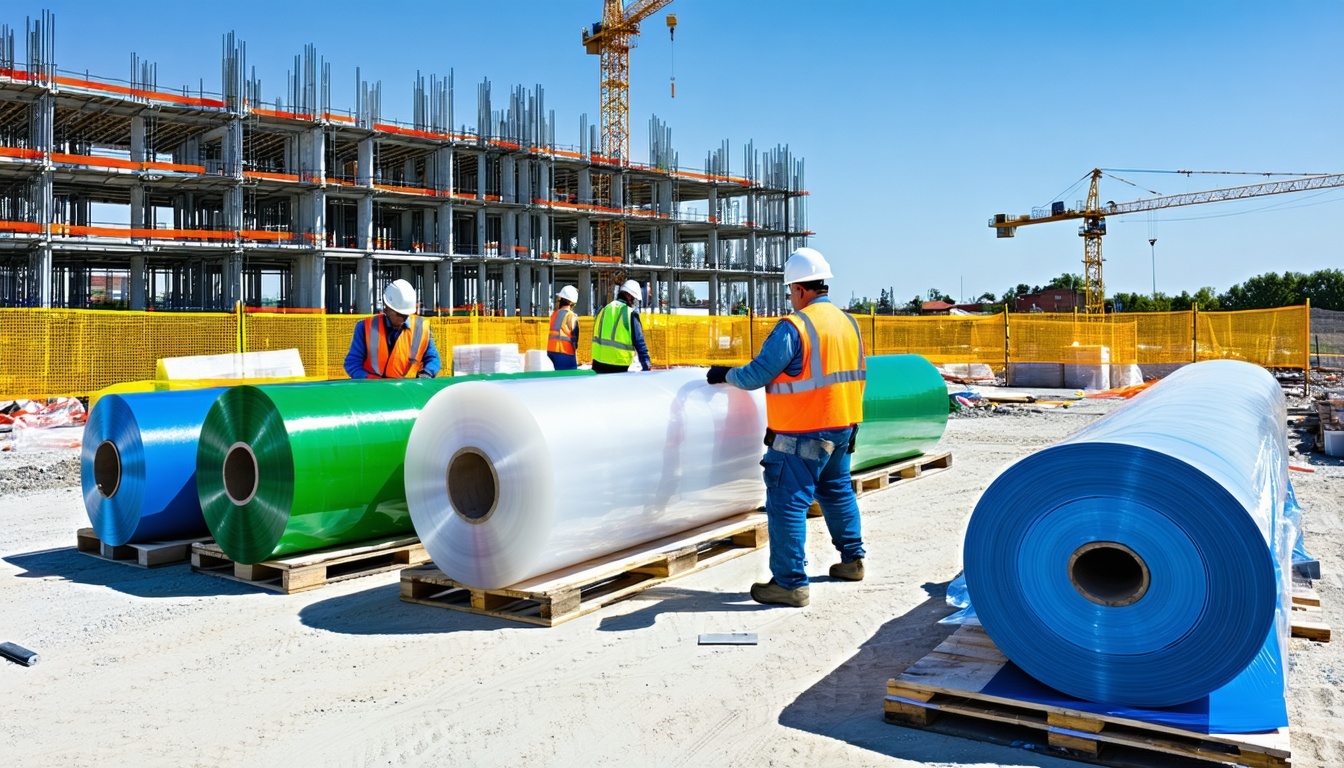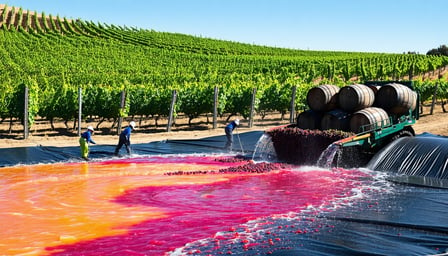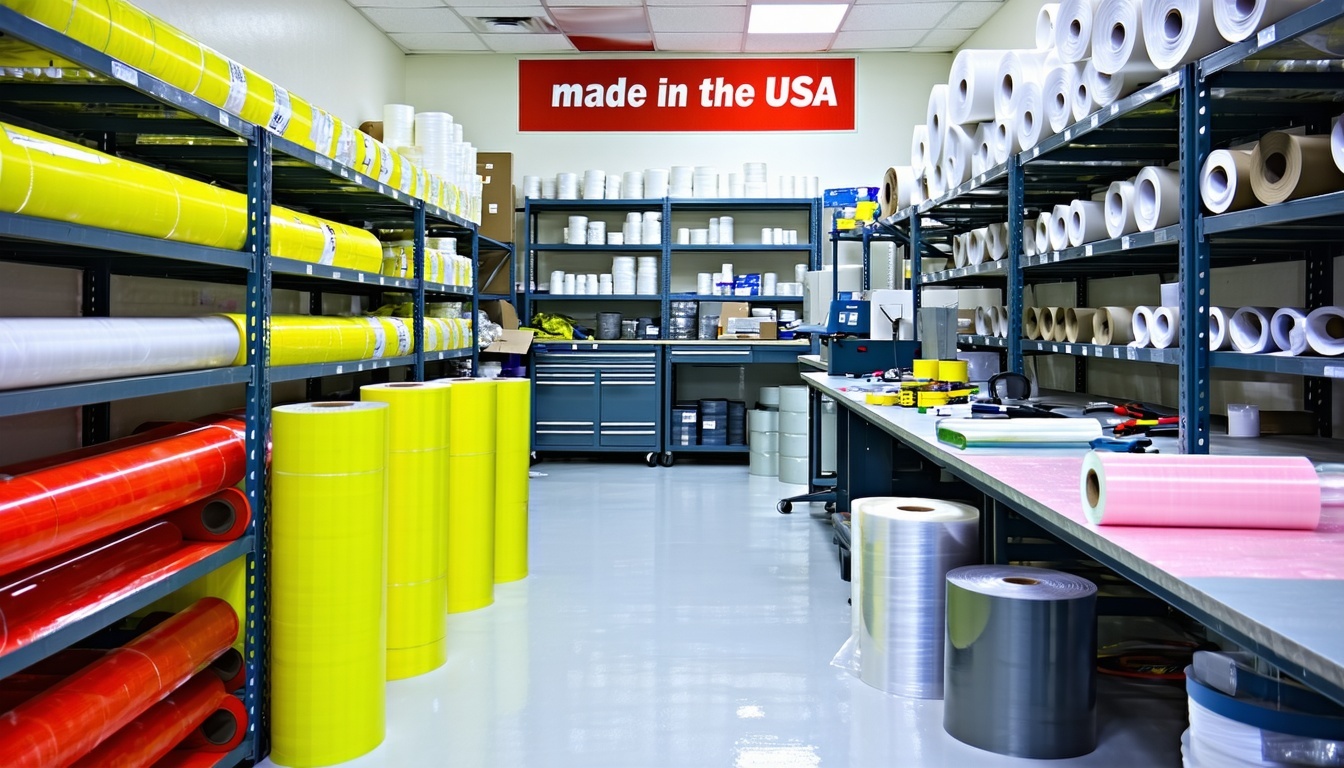
In the aerospace industry, safety, reliability, and traceability are paramount. That’s why materials like fire retardant films, anti-corrosion shrink wraps, and aerospace-grade tapes must meet strict federal and military standards. At Global Plastic Sheeting (GPS), we proudly manufacture and supply American-made solutions that support mission-critical aerospace, defense, and aviation programs.
Here’s a comprehensive look at our most trusted products—each Made in the USA and engineered for high performance.
Fire Retardant Films: Built for Extreme Conditions
-
ASFR-6
-
Passes NFPA 702
-
Anti-static, fire-retardant polyethylene film
-
Perfect for electronics and aerospace ground operations
-
Prevents static discharge in sensitive environments
-
-
Armorlon A-20 FR HDPE
-
Passes NFPA 701
-
HDPE film that resists flames and blocks UV/light
-
Commonly used to wrap and shield components during ground handling
-
-
Armorlon AT-175 FR UV
-
Passes NFPA 701
-
UV-resistant and flame-retardant
-
Used to protect aerospace parts in outdoor storage
-
-
Armorlon AT-195 FR
-
Fire-retardant PVC-coated scrim
-
Durable and flexible for aerospace containment wraps
-
-
Armorlon AT-300 FR
-
18 oz PVC laminated polyester scrim
-
Flame resistant to Federal Standard 191.5903
-
Great for tubing, custom covers, and large-scale flame protection
-
-
4 mil Black FR
-
Passes NFPA 701-04, CA Title 19, FAR 25.853a, BAC 5034-2
-
Used for aerospace barrel covers and general FR containment
-
-
8 mil Black FR
-
Passes NFPA 701-15, FAR 25.853a, ASTM E-84 Class A
-
Blocks 99.999999999% of UV and light
-
Tested by leading aerospace firms
-
-
8 mil Black FR Tubing
-
Layflat tubing with multiple FR certifications
-
Used in cleanrooms and aerospace tubing projects
-
-
14 mil / 30 mil DeckProtek FR
-
Passes NFPA 701 Test 1
-
Trusted for heavy-duty protection on Navy ships and Coast Guard fleets
-
-
TX-1200 FR
-
Meets BAC 5034-2, NFPA 701 Test 2, ASTM E-84, UBC-42
-
High-spec solution for aerospace construction and containment
-
-
Griffolyn T-90 FR
-
5-ply laminate approved by Boeing (BAC 5034-2)
-
Passes NFPA 701 Test 2 Large Scale
-
Long-term tear strength and flame resistance
-
-
GPS Ultra Corr FR
-
Corrugated flame-retardant plastic
-
Meets multiple UL, ASTM, and NFPA standards
-
Ideal for fire-rated packaging and aerospace part protection
-
-
Ultra Heat Shrink Wrap FR (9 mil)
-
Surface resistivity: ANSI/EOS/ESD-511.11
-
Passes NFPA 701-15
-
Combines flame and static protection
-
Corrosion Protection and Shrinkable Solutions
-
Griff-Shrink 5-Ply VCI
-
Reinforced heat-shrink film with embedded corrosion inhibitors
-
Shrinks securely and protects from oxidation
-
Ideal for export packaging and long-term aerospace storage
-
-
Griff-Shrink 3-Ply VCI
-
Lightweight alternative for small components
-
Delivers sealed protection with active corrosion control
-
Specialty Aerospace Materials and Accessories
-
Silicone Sponge Foam FR
-
Flame-retardant silicone foam
-
Used in gasketing, insulation, and vibration dampening
-
-
Rymplecloth
-
Certified AMS 3819D
-
Aerospace-grade cleaning cloth for sensitive surfaces
-
-
GPS MIL-PRF-131 Silver
-
Meets MIL-PRF-131 Class 1
-
Heat-sealable, moisture/vapor barrier laminate
-
-
Armorlon AT-200
-
Heavy-duty containment tarp for aerospace maintenance and MRO operations
-
Custom Solutions for Aerospace Use
-
Custom Round Cowling & Engine Covers
-
Fire-retardant round covers for cowlings, nacelles, and exhaust ports
-
Fabricated with grommets, drawstrings, and reinforced edges
-
-
FR Tubing for Bag Making
-
Fire-retardant layflat tubing
-
Custom-sized to fit barrels, engines, or components
-
-
8 mil Black FR in Custom Sizes
-
Available in rolls (8' x 100', 20' x 100', 33' x 65', 22' x 270') and circle cuts
-
Meets high FR standards and light-blocking requirements
-
High-Performance Aerospace Wraps and Strapping
-
Griffolyn Type-90
-
5-ply reinforced containment film
-
Meets Boeing BAC 5034-2
-
-
Griffolyn Type-85
-
HDPE 5-ply laminate for long-term aerospace storage and shielding
-
-
"Red Stripe" Flame-Inhibited Safety Strapping
-
3/4" x 1650' and 3/8" x 1000'
-
Passes NFPA 701-23
-
Used to secure wrapped aerospace components
-
Aerospace Tapes from Polyken
-
P-306 Corrosion-Resistant Tape
-
10 mil PVC tape designed for aerospace wrap sealing
-
-
CFRP Tape (3" x 60')
-
Pressure-sensitive, flame-retardant tape
-
Available in multiple colors for composite bonding and masking
-
Why Made in the USA Matters in Aerospace
In aerospace and defense, there is no room for risk. That’s why sourcing Made in the USA fire-retardant and specialty films matters:
-
Strict Compliance: Meets FAA, FAR, MIL-SPEC, and NASA-grade requirements
-
Quality Control: Materials made in America offer superior traceability
-
BABA-Compliance: Fully aligned with the Build America, Buy America Act
-
Supply Chain Confidence: No overseas sourcing, no unknown fillers or regrind
-
Contractor Trust: Government contractors and aerospace primes demand U.S.-made products for mission assurance
Whether you're packaging, sealing, storing, or shielding high-value aerospace components, GPS offers American-made excellence you can count on.
Contact us to learn more or request a custom quote: 760.597.9298







